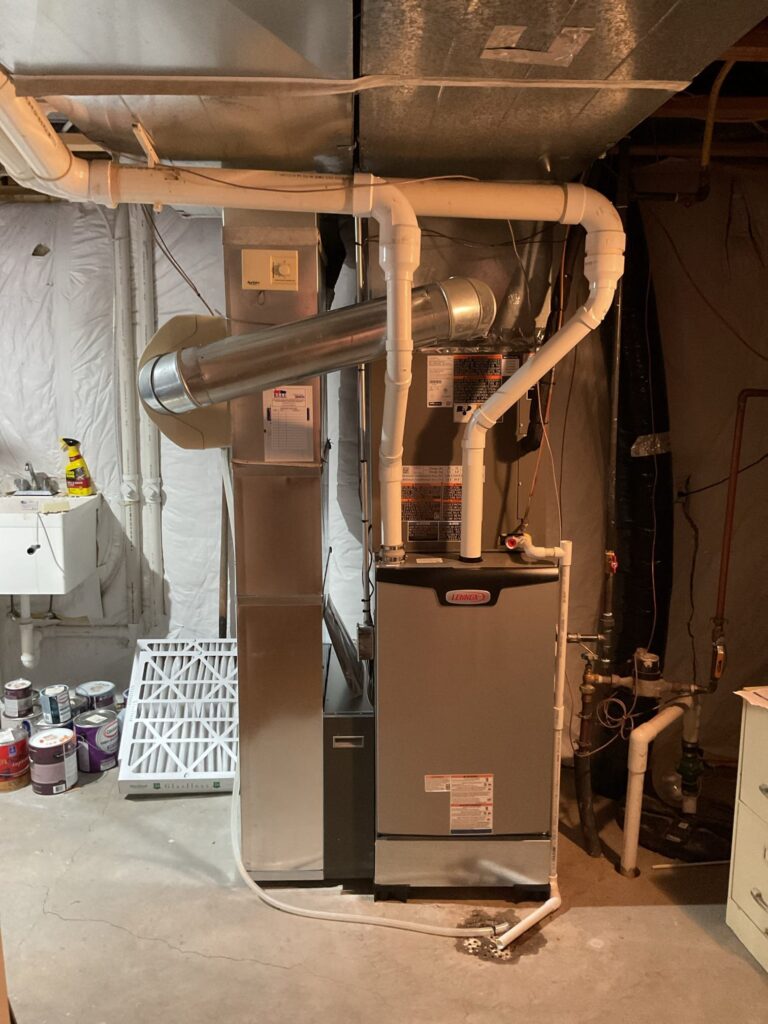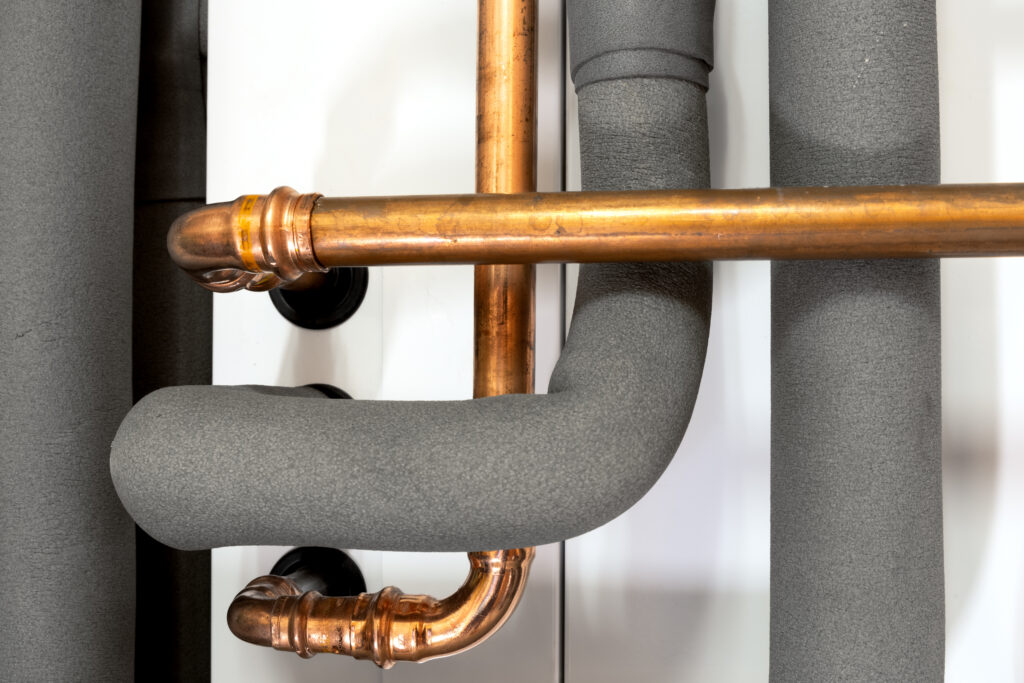

Blog
Understanding the different types of furnaces
When shopping for a new furnace — or alternative home heating system like hybrid heat or geothermal — you may be surprised how many options are available. In Central Iowa, a vast majority of homes have a gas furnace. But there isn’t a one-size-fits-all solution for every home, so it’s important you understand the different types of heating options. In this blog post, I’ll discuss conventional heating with a gas furnace.
Energy efficient gas furnaces
Gas furnaces have been around for years. Thanks to new technology, furnaces have become extremely energy-efficient in recent years. The more efficient a furnace is, the less natural gas it needs to operate, which leads to a decrease in utility bills. The furnace efficiency rating is represented by the Annual Fuel Utilization Efficiency (AFUE) number. If your furnace is older than 15 years, you may be getting 78 percent efficiency, which is the minimum AFUE rating. A newer furnace can be designed to achieve as much as 98 percent efficiency. Homeowners will notice quite a decrease in utility costs for a 98 percent AFUE furnace compared to a 78 percent AFUE. High-efficiency furnaces are also quieter than older, less efficient models. Today, the majority of furnaces installed are in the 90 to 98 percent AFUE range.
Single-speed furnace
Another feature to consider when selecting a furnace is the blower speed. A single-speed furnace is what many of us are used to. The blower motor has one speed, which will kick on and off to reach the desired temperature setting on the thermostat. This creates a 4- to 5-degree swing and isn’t operating in the most efficient manner. Think of it like a car. You wouldn’t turn the car on, drive a few blocks and turn it off just to turn it back on to drive a few more blocks. Instead, you would drive at a consistent speed, which is more fuel efficient. The same idea applies to a furnace.
Two-stage and variable speed furnaces
That’s where two-stage and variable-speed furnaces come into play. A two-stage furnace can slow down the blower motor, allowing the system to run in longer cycles, increase efficiency, reduce the temperature swing and reduce wear on the motor, since the system won’t kick on and off as often. A variable-speed furnace has an infinite number of speeds allowing it to run on a lower speed for longer cycles. This blower motor is 80 percent more efficient than the single-speed motors.
Investing in a new heating system is an important decision. Understanding the different types of furnaces will help you make a more informed decision and help you find a furnace that’s right for your home and your needs.








